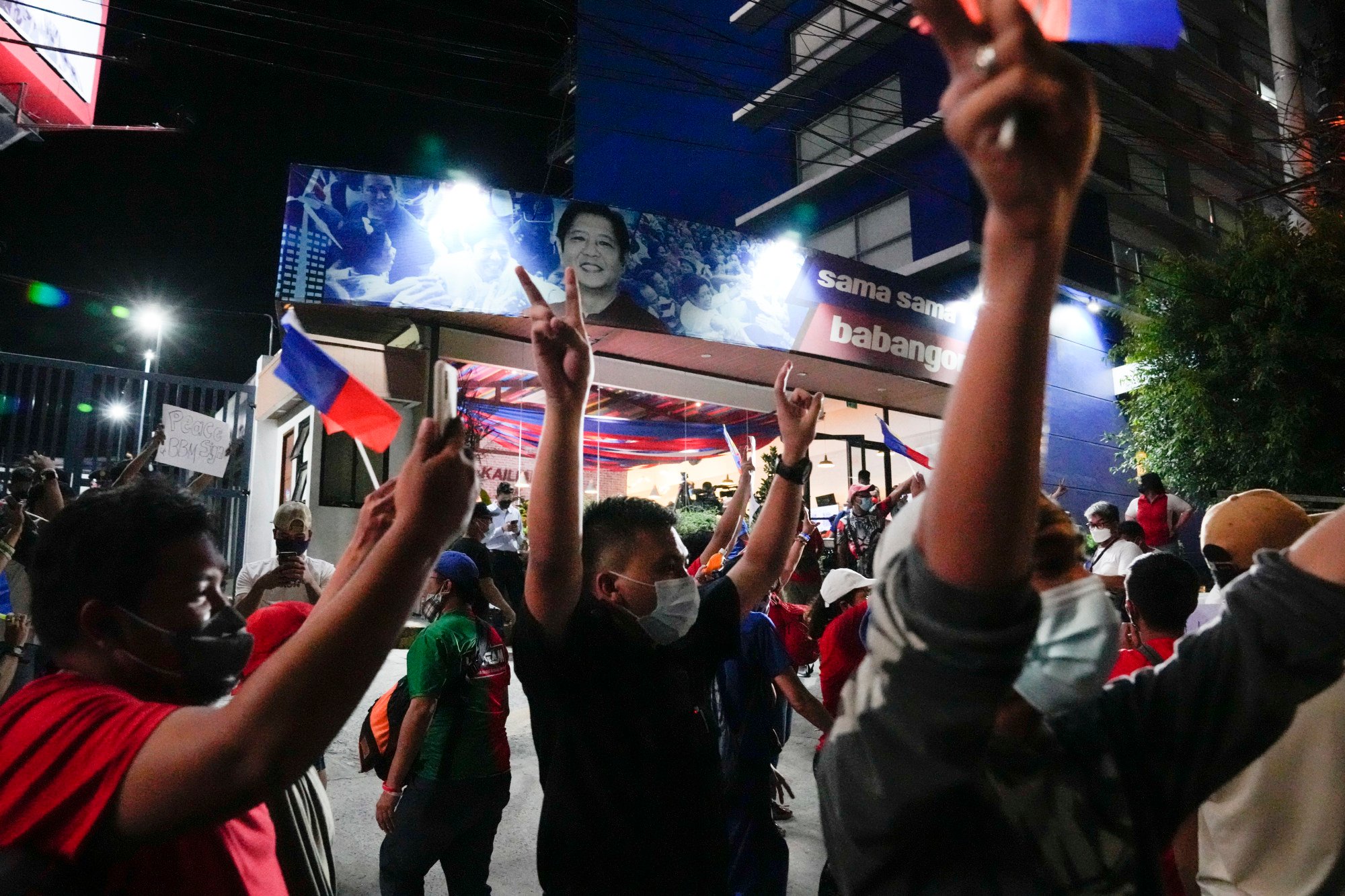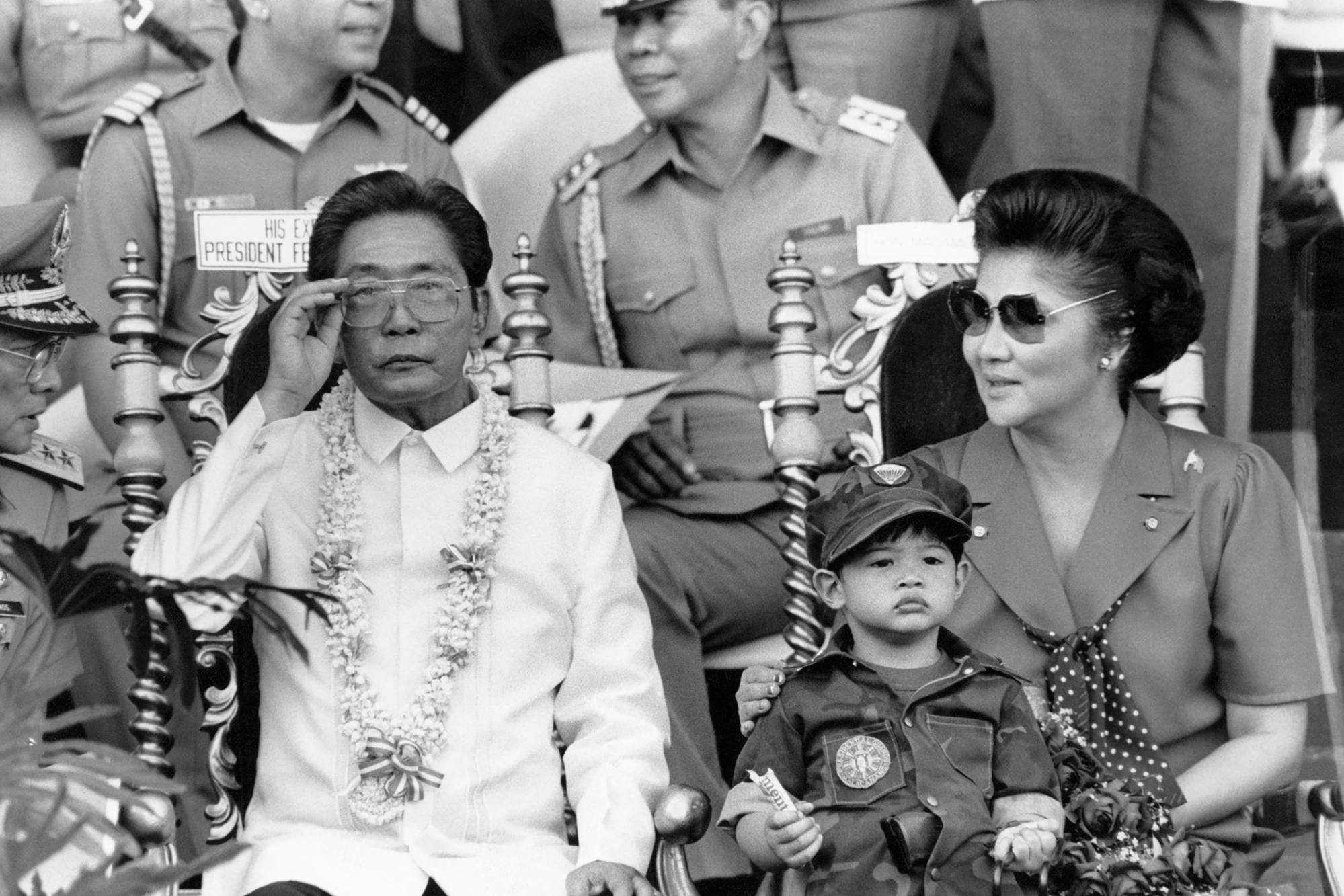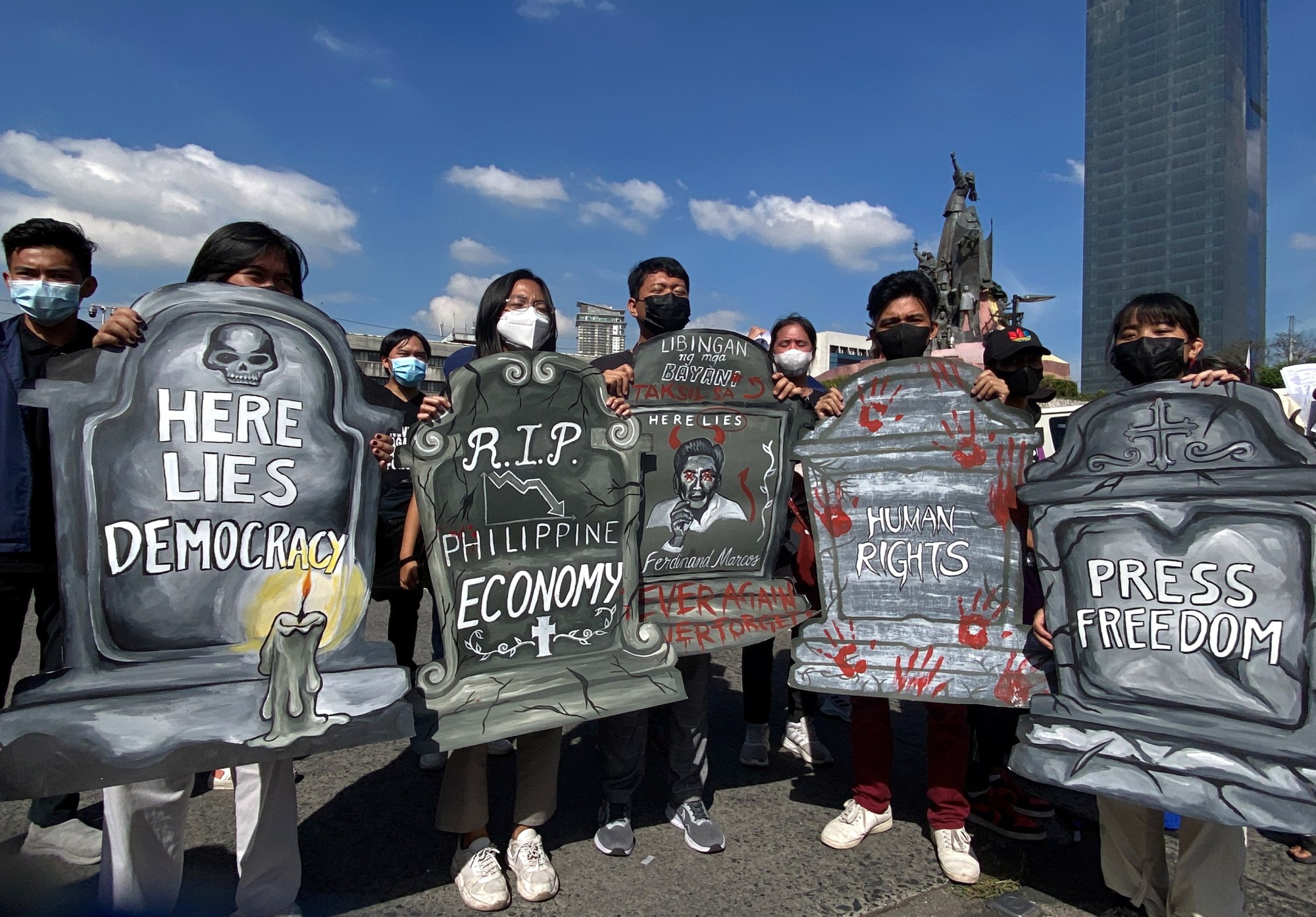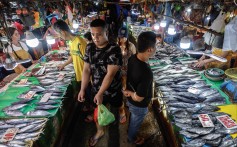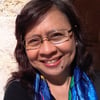Thursday, Feb. 22, marked the fifth anniversary of a new Saudi national holiday called Foundation Day. This holiday, according to the 2019 royal decree that established it, commemorates the 1727 “beginning of the reign of Imam Mohammed ibn Saud and his foundation of the first Saudi state.”
Unlike the Saudi National Day, which celebrates the political idea of the unification of the contemporary Saudi state in 1932, Foundation Day serves a two-fold function: the celebration of one political myth and the erasure of another. It celebrates the myth that the contemporary Saudi state is a “third” state in an imagined, unbroken three centuries of historical Saudi Arabia in the Arabian Peninsula. It also erases the Wahhabi political myth, or the narrative that the “first” Saudi state began after a covenant had been made between Muhammed ibn Abdul-Wahhab, the founder of the Wahhabi movement, and Mohammed ibn Saud in 1744. By selecting 1727 as the starting year of the “first” state instead of 1744, Foundation Day seeks to supplant Wahhabism in the Saudi political narrative.
For many specialists and analysts of Saudi Arabia, the erasure of the Wahhabi narrative myth is perceived as profound and radical. The previously accepted view was that since 1744, the Saudi state has always legitimized itself as the sole protector and promoter of Wahhabism and that the political authority in Saudi Arabia is divided between the Al Saud royal family and the Wahhabi religious elite. On this view, by throwing away Wahhabism the Saudi state loses a major source of legitimacy and breaks its historical partnership with the religious establishment.
Yet a closer look into how the contemporary Saudi state was founded reveals that this story of a Saudi state that legitimized itself through Wahhabism is wrong. The Saudi kingdom did not legitimize itself through Wahhabism, but instead via a hybrid normative tradition that included Arabist and Salafist elements.
The first step in understanding how the contemporary Saudi state legitimized itself during its formation period is to recognize that its ruling elite during that era were members of the last generation of the Ottoman Arabs. This generation, according to the scholar William L. Cleveland, was born “between 1870 and 1890” and “its members were trained, built careers, and planned futures in the world of the late Ottoman empire.”
By the end of World War I, this Ottoman world collapsed, and many members of this generation would play a crucial role in founding the post-Ottoman Middle East. In the case of Saudi Arabia, this generation includes not only the many Egyptian, Syrian and other Arab advisors, bureaucrats and intellectuals who participated in the foundation of the Saudi state, but also the founder himself, Abdulaziz Al Saud. In his first-ever interview with the 1-year-old Basra-based newspaper Al-Dustor in 1913, Abdulaziz described himself as an “Ottoman Arab,” committed to doing whatever it takes “to protect the Ottoman homeland in the Arabian Peninsula.” He gave this interview to justify his recent successful expulsion of the Ottoman garrisons from the two strategic eastern Arabian oases, Al-Ahsa and Al-Qatif, and to convince the Ottoman ruling elites in Baghdad and Istanbul that his actions should not be interpreted as separatist.
This view of Abdulaziz as a member of the last Ottoman Arab generation differs in significant ways from the other, more frequently invoked, alternatives of viewing him as either a Wahhabi leader or an agent of the British Empire. The first removes him from his generation and time and links him to a mythical Wahhabi past that is often invoked in isolation from its context. The second alternative denies him agency and oversimplifies as a mere British design the three decades of political dynamics and historical events in the Arabian Peninsula that culminated in the creation of contemporary Saudi Arabia.
Despite the dominance of these two framings, Abdulaziz was born in the town of Riyadh around 1875 as an Ottoman Arab notable. His grandfather, Faysal ibn Turki, escaped his exile in Egypt in the 1840s and established himself as a ruler in central and eastern Arabia. Unlike the earlier Wahhabi imams from his family who challenged the Ottoman empire, Faysal sought to rule under a nominal Ottoman authority. This shift in approach toward the Ottomans was driven by two factors. Faysal witnessed firsthand the brutal destruction that the Ottoman-Egyptian army inflicted on his hometown of al-Diriyah, the capital of the Wahhabi imamate, when it challenged Ottoman rule. He also saw how many of his family members were either summarily executed or, like himself, forced into exile in Egypt. The second factor was the influence of the Egyptian model in dealing with the Ottomans. Faysal spent a total of a decade and a half exiled in Egypt when it was under the rule of Mehmed Ali Pasha. He saw how Ali was able to successfully establish autonomous rule under nominal Ottoman authority. The combination of these two factors facilitated Faysal’s transition from the zero-sum approach of earlier Wahhabi imams to one that was more pragmatic and similar to Egypt in dealing with the empire.
Faysal’s strategy worked. In 1860, the Ottomans recognized him as a ruler, and he committed to paying them an annual tax. After his death in 1865, he was succeeded by his son, Abdullah. Because the Ottoman Empire did not grant hereditary office, Abdullah needed to seek their approval of his rule in central and eastern Arabia. It took him a couple of years to be granted the title of kaymakam, and an additional year or two to be promoted to the rank of a pasha. Abdullah’s reign was not stable. His brother Saud challenged him, and because of their fighting Abdullah requested aid from the Ottoman wali of Baghdad, Medhat Pasha. When Medhat received Abdullah’s request, he was already in the middle of implementing direct and centralized Ottoman rule in Baghdad. He used Abdullah’s request as a pretext to expand the empire’s direct rule to include eastern Arabia in 1871. Two decades later, another Najdi dynasty, Al Rashid, which was ruling under nominal Ottoman authority, succeeded in occupying Riyadh and driving out the 16-year-old Abdulaziz, his father and other members of his family. Abdulaziz and his family ended up living in exile in Kuwait under Ottoman subsidy.
Not only was Abdulaziz a member of a notable Arab family recognized by the Ottoman empire, but up until the eruption of World War I he continued his grandfather’s approach of taking great care to assure the Ottomans that he was not pursuing independence. In 1902, an opportunity emerged for the 27-year-old Abdulaziz to revive his grandfather’s rule in central and eastern Arabia amid the ongoing conflict between the ruler of Kuwait, Mubarak Al Sabah, and the ruler of Najd, Abdulaziz Al Rashid. After he successfully took control over Riyadh and expanded his rule to include most of Najd at the expense of Al Rashid, he sent a letter to the Ottoman governor in Hijaz justifying his actions. In this letter, he listed Al Rashid’s “aggression and oppression in the form of killing people and confiscating their properties” as the main reason for fighting him. He then emphasized that he would “always be an obedient servant to the Commander of the Faithful.”
Abdulaziz’s pursuit of autonomy rather than independence was not unique to him but was a position shared with other local leaders in the Arabian Peninsula. One example is Yahia Hamid al-Din, a Yemeni imam who led a seven-year rebellion against the Ottomans before he signed the Daan Treaty in 1911 in which he was officially recognized as an autonomous leader under Ottoman nominal rule. Another example from the period is Imam Muhammed Idrisi in southwestern Saudi Arabia, who started his rebellion in 1908 but failed to gain official Ottoman recognition. Although he failed, and collaborated with the Italians against the Ottomans, Idrisi was eager to show in his letters to major Arab magazines and newspapers that he was not a separatist.
Like other members of the last Ottoman Arab generations, Abdulaziz was attentive to emergent Ottoman Arab public opinion and newspapers and was constantly adapting to changing Arab political realities. Nothing shows this better than the timing of his decision to conquer eastern Arabia and end Ottoman direct rule there. From at least 1906, Abdulaziz expressed his desire to occupy eastern Arabia, but he did not actually do it until 1913. What caused the delay was not the Ottoman military presence there, which was not perceived as an obstacle by Abdulaziz. It was rather his conviction that he could not keep the two towns after occupying them without securing Britain’s commitment to block any Ottoman naval retaliation. He made several attempts to secure Britain’s approval, but the latter rejected them all.
What made Abdulaziz change his mind and occupy eastern Arabia, even without securing Britain’s guarantees, were developments between Ottoman Arab notables and the empire. After the July 1908 Young Turk Revolution, the Ottoman Arab notables went through three stages in their relationship with Istanbul. The first started with the coup by the Ottoman Committee of Union and Progress and the restoration of the constitution in July 1908 and lasted until the dissolution of the Parliament and the call for an early election in January 1912. In this period, the main attitude among Ottoman Arab notables was to support the CUP’s program, which offered them the potential to be partners in a multiethnic, centralized constitutional monarchy.
The second stage started with the CUP’s dissolution of the Parliament in January 1912, spanned their ousting from power in July and ended with their return in a coup in January 1913. During this stage, many of these notables grew more frustrated with the CUP and shifted from being unionists to demanding a decentralized government, in which Arab regions would be granted some sort of autonomy. They threw their support behind the new Freedom and Accord Party that ruled between July and January. The third stage started with the CUP’s coup in January 1913 and lasted until the end of World War I in 1918. During this period, the Ottoman Arab notables transformed into Arab nationalists with demands ranging from autonomy all the way to separation.
It was during this third stage in the relationship between Ottoman Arabs and the empire that Abdulaziz decided to go ahead and occupy eastern Arabia. More specifically, the move was undertaken shortly after the Arab demand for a form of Ottoman federalism was officially rejected by the declaration of a new Vilayet Law on March 28, 1913. This declaration was protested in many Arab cities, including Basra, where Abdulaziz feared an Ottoman naval retaliation. In April, the newly formed General Reform Society organized, under the leadership of Talib al-Naqib, a demonstration composed of a large group of notables demanding changes in government. The Basra notables even threatened to take up arms against the Ottoman authorities, and in response Istanbul decided to assassinate al-Naqib, but the attempt failed.
Abdulaziz was closely following these developments and in direct contact with some of these Ottoman Arab notables. In one of his discussions with William Shakespear, the British agent in Kuwait, Abdulaziz provided a description of his sources of information about world events. “The Amir,” wrote Shakespear, “was unable to believe the accounts which reached him from either Turkish sources or Egyptian newspapers.” This is because these accounts contradict in some respects “what he had heard from Kuwait and Bahrain.” Moreover, Abdulaziz’s network of allies and friends included notables in many Arab regions. A prime example from Basra was Abd-Allatif al-Mandil, who was one of Talib al-Naqib’s main political partners and, at the same time, Abdulaziz’s political and commercial representative in both Basra and Baghdad. This is why the aforementioned first-ever newspaper interview given by Abdulaziz was after conquering eastern Arabia, and with a newspaper from Basra. The Basrawi journalist, Ibrahim al-Damigh, who conducted the sympathetic interview was also of Najdi origin.
Even though Abdulaziz’s expansion into eastern Arabia occurred during the stage when calls for Arab independence started to be voiced by several Arab notables, he concluded a treaty with the Ottomans securing autonomous rule. After 10 months of debating how to react to Abdulaziz’s occupation of eastern Arabia, the Ottomans decided to send a committee from Basra to negotiate with Abdulaziz near Kuwait. The two parties concluded two major agreements. The first, issued by the Ottoman Sultan on July 9, 1914, declared the detachment of Najd from Basra and its reorganization as a wilayat. The second, concluded on May 27, included articles regulating matters like security, taxes, foreign relations and other areas for the nascent province. Thus, a few weeks before the eruption of World War I and the disintegration of the Ottoman empire, Abdulaziz succeeded in becoming an autonomous Ottoman wali in the same way his grandfather, Faysal, was.
Given this Ottoman context, it should not be surprising that many members of the founding Saudi elite, including Abdulaziz himself, were influenced by the main intellectual and political trends that shaped the imagination of the last Ottoman Arab generation and their political actions. Among the most important of these trends were Salafism and Arabism.
In the early 20th century, the word “Salafism” was not synonymous with Wahhabism as it is today. Back then, the word referred to an Islamic reform movement that, according to Henri Lauziere, “sought to reconcile Islam with the social, political, and intellectual ideals of the Enlightenment.” This movement emerged in the late 19th century and its main intellectuals included Jamal al-din al-Afghani, Muhammed Abdu and Rashid Rida. It provided a series of Islamic criticisms against Muslim practices and beliefs deemed unfit for the modern world.
After World War I, many members of the Salafist movement started supporting the Saudi project, considering it the only remaining hope for an independent Arab state after the imposition of the mandate system on many of the post-Ottoman Arab territories. For example, the Muslim reformer Rida turned his magazine, Al-Manar, which was widely influential in the Muslim world, into a front for promoting and legitimizing the new Saudi state on Salafist terms. Other Salafists decided to migrate to help build the new Saudi state. One of them was the Syrian reformer Muhammed Bahjat al-Baytar, who played a significant role in education in Saudi Arabia. As the historian David Commins has shown, the Salafists also played a significant role in reinterpreting the Wahhabi ideology as part of a Salafist and nationalist movement committed to progress in the Arabian Peninsula.
Like Salafism, Arabism in the early 20th century was not associated with republicanism and social justice as it would be later with the rise of Nasserism and the Baath Party. In the first half of the 20th century, Arabism had two main political goals: territorial unification and independence from foreign rule. There are many instances when the Saudi founding elite legitimized their rule through the use of this form of Arabism. I will list three.
First, in 1932, when this founding elite decided to unify the Najd and Hijaz kingdoms, they employed an Arabist discourse. Reporting on this unification decision, the Saudi official newspaper, Um Al-Qura, released an article titled “First Step Toward Arab Unity and Realizing the Hopes of Arabs.”
Second, the unification decision resulted in giving the new kingdom a new name. The Arabic name of Saudi Arabia is slightly different from its English one. Where in English “Saudi” is an adjective describing Arabia, in Arabic it reads like this: the Arab Saudi Kingdom. The Arabic name makes both “Arab” and “Saudi” adjectives describing the kingdom.
Finally, during the Saudi-Yemeni negotiations over the status of southwestern Arabian territory in the early 1930s, one of the arguments that the Saudis advanced against the Yemeni claim of Greater Yemen was that the Arabian Peninsula as a whole constitutes a “geographical unity,” and there are no geographical barriers between its communities. The argument continued by stating that all the inhabitants of the Arabian Peninsula are Arabs and that “the linguistic differences between them are not similar to that between Anglo-Saxon and Latin.” Also, “the dominant religion in the Arabian Peninsula is Islam.” While there is diversity in Islamic sects, “this does not eliminate its Islamic nature.”
What all this means is that the Saudi state was not founded as a Wahhabi state, reflecting a continuation of some imagined contract between the Al Saud dynasty and a religious family. It was founded as an Arab Kingdom with a heavy emphasis on modernist Salafism. Understanding this does not minimize the significance of the Saudi Foundation Day and its break with the Wahhabi political narrative. However, it draws attention to two points. The first is that the Wahhabi myth was not invoked by the founder of contemporary Saudi Arabia. The second is that the use of the Wahhabi myth as a tool of legitimation was a recent phenomenon that began with the rule of King Faisal. The foundation of the Saudi state was instead a direct result of a confluence of historical forces that reshaped the Saudi approach to politics and state-building
